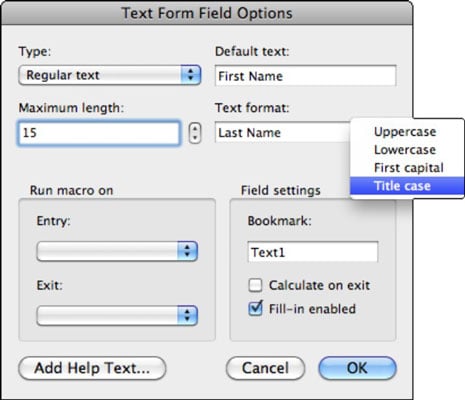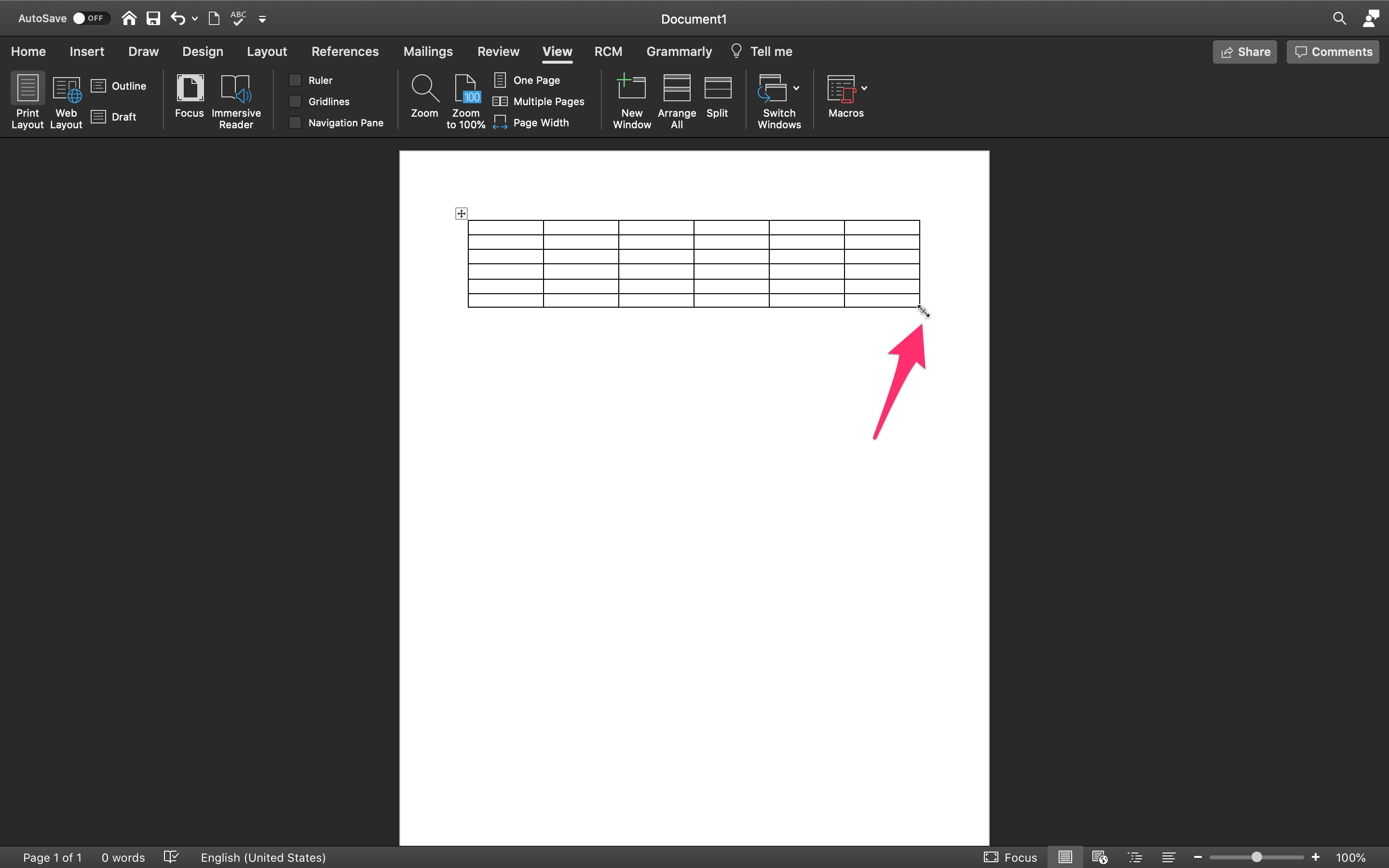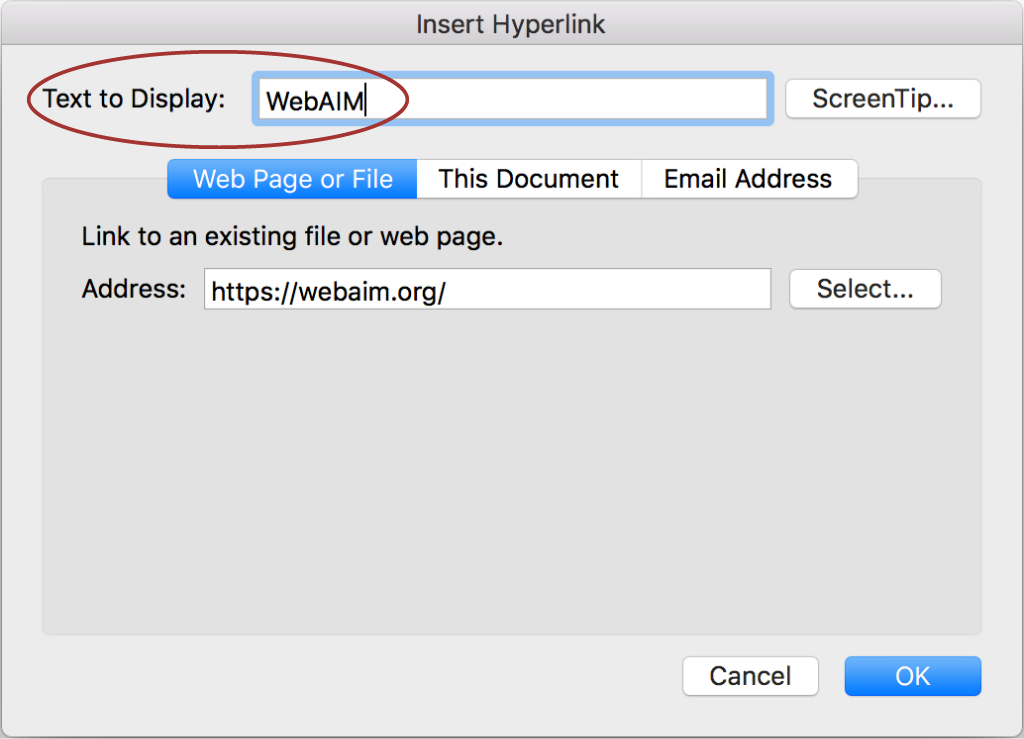

Weights were produced to adjust for non-response, and also for drop-of in recording observed during the seven-day travel week.

A national response rate of 16 to 18% was achieved in 2020. Only households classed as ‘fully co-operating’ are included in the response calculations. Fieldwork was resumed from May onwards using push-to-telephone (P2T) methodology.
Change page size in word 2011 for mac full#
Each household member is then asked to record details of all their trips over a 7-day period in a travel diary, allowing travel patterns to be linked with individual characteristics.Īs a result of the COVID-19 pandemic, the 2020 NTS survey has made use of 2 methodologies, the standard NTS face-to-face (F2F) method was used at the beginning of the year, but this face-to-face interviewing was paused on 18 March, ahead of the full government lockdown. Firstly, face to face interviews are carried out with all members of the household to collect personal and household characteristics, along with information on all of the vehicles to which they have access. NTS data is collected via 2 main methods. The NTS is only suitable for looking at data at the national and regional level. The ALS has a larger sample size and so is a better data source to use when looking at data at the local authority level.

The NTS should also be used for comparisons against other modes of transport, for example buses.
Change page size in word 2011 for mac series#
It is recommended to use the NTS when looking at long term trends in walking and cycling as it includes a long, continuous series of data. Primarily based on the seven-day travel diaryīased on respondents remembering how many days spent walking/cycling in the last the last 28 daysĬalendar year, continuous survey enables analysis of patterns and trendsįive year’s worth of data (2015-2016, 2019-2020)Īny continuous walk of at least 10 minutesįurther details on differences between the data sources for walking and cycling and their impact on trends during 2020 can be found in the Impact of the pandemic on walking and cycling report. Interview with household members seven-day travel diary (push to telephone in 2020) However, results from the NTS and ALS are not directly comparable due to several methodological differences summarised below: The survey follows the Active People Survey (APS), which has been discontinued.įor more background on the ALS, and information on how these statistics are produced please see the latest published reports and background quality report.īoth surveys are based on a randomly selected sample of households. The first ALS was conducted between November 2015 and November 2016, and data is published biannually. The Active Lives Survey ( ALS) is an annual household push-to-web survey administered by Sport England, an agency of the Department of Digital, Culture Media and Sport (DCMS). The survey is primarily designed to track long-term development of trends therefore, care should be taken when drawing conclusions from short-term changes.įor more background on the NTS, and information on how these statistics are produced please see the statistical release and background quality report.

It is part of a continuous survey that began in July 1988, following ad hoc surveys since the mid-1960s. The NTS is a household survey designed to provide a rich source of data on personal travel. Walking and cycling statistics are estimated by looking at 2 main data sources: This document provides details on the definitions used in walking and cycling statistics and describes the key data sources used to produce the walking and cycling statistics release.


 0 kommentar(er)
0 kommentar(er)
